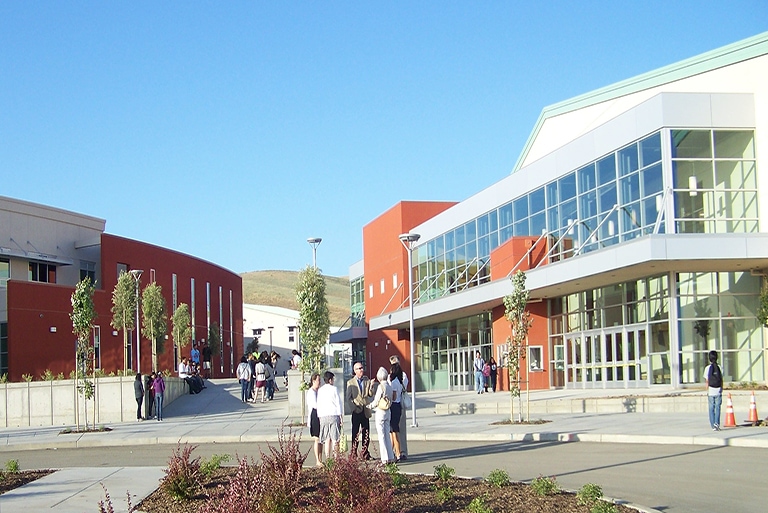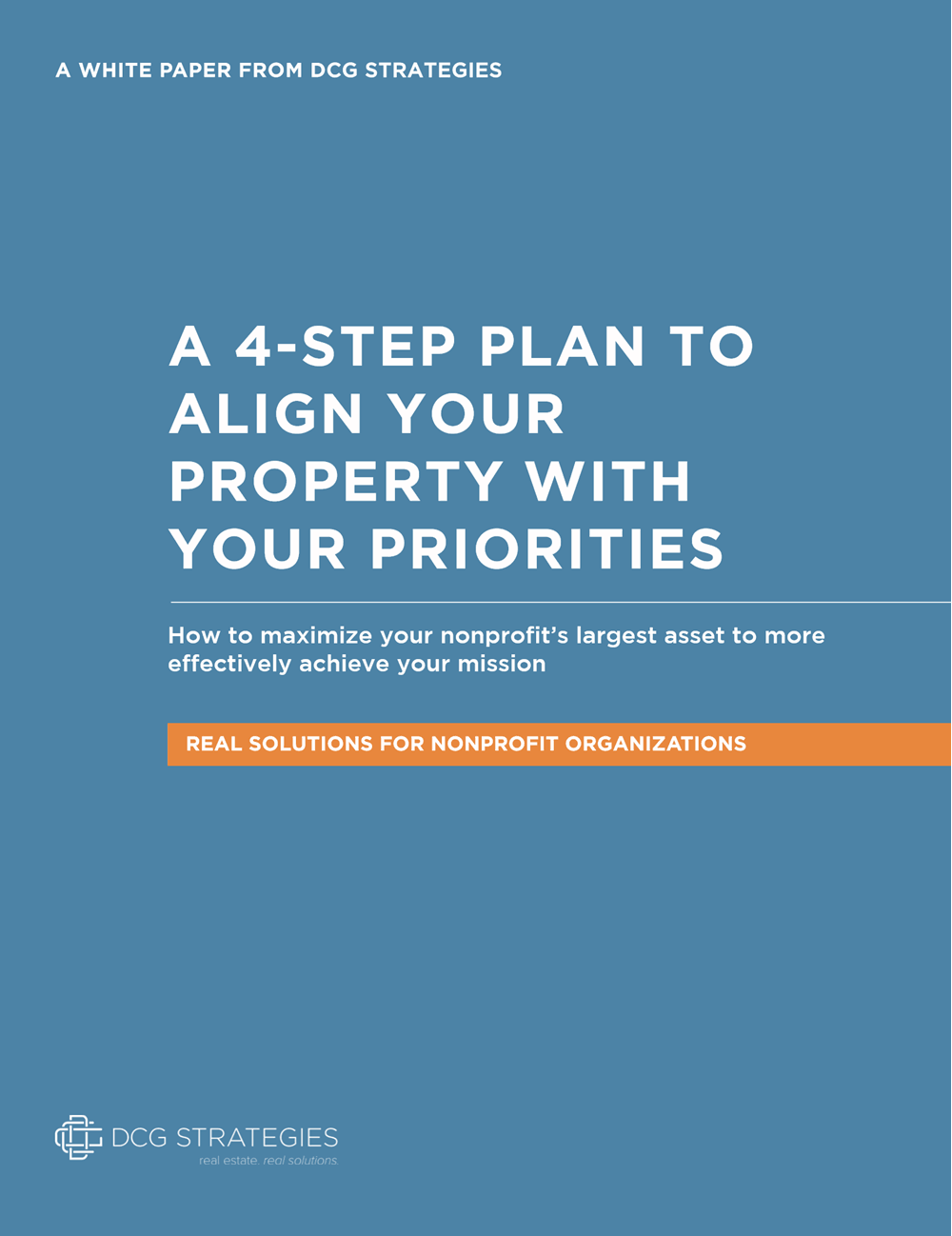When it comes to the real estate needs of school districts in California, there is no time to wait.
Every part of the process — whether a school is buying, selling or redeveloping — takes time, especially in the Bay Area with its tight real estate market and layers of state and local regulations. The school that waits until it needs more space to start planning for it has waited too long.
To stay ahead of property needs and be in the best position to serve their students, school districts need to proactively manage their real estate portfolio.
There are several simple steps schools can take to ensure they don’t end up in a property pinch.
How School Districts Can Monitor Trends
No one knows what enrollment will be in five years, but keeping an eye on important trends can help you anticipate which direction it’s headed.
Does the community want all-day kindergarten — or is the state likely to require it? Are there new housing developments going up inside the school district? Is more residential zoning being added?
Anything that will bring more students or keep students in buildings longer needs to be thought through from a facilities standpoint.

Check Your School District’s Property Title Report
You know that fence in the back of the school lot, the one you think is on the property line? What if it wasn’t? And what if that was the fly in the ointment you discovered right before signing an agreement to redevelop the property.
Before spending significant time or money on a big property decision, school district leaders should order a preliminary title report. These reports for school districts can reveal all sorts of surprises that could delay or derail a deal if they aren’t dealt with ahead of time.
Be Familiar with the Development Process
Schools don’t have to be expert developers, but they should know the basics of what’s involved in developing a property and how long it can take.
For public schools, the big thing to understand is the role of the California Environmental Quality Act (CEQA). The act requires public agencies to do an environmental study to determine whether the environment will be harmed by a proposed development, and if it will be, to propose alterations to the development plan that will reduce or eliminate that damage.
The public often takes issue with those reports and challenges them in court. Just generating those reports may take 12 to 18 months, and that timeline will stretch longer if there is a legal challenge.
Where school district leaders can get burned is if they anticipate a smooth CEQA process and go to escrow on a project, then get hit with a CEQA complication. They find themselves in the uncomfortable legal position of having made a promise they can’t keep.

Be Familiar with the Selling Process
For public school districts looking to sell a piece of property, they must contend with a different set of regulations, namely the surplus property process.
A local public advisory board must first deem a property as surplus, then the property must be offered to other government agencies, before it can be put on the market for sale. This process makes selling a property take longer, and it can also limit the price that a property can fetch, since properties sold as surplus to other government agencies often go for below market rates.
These data points — how long the sale could take and how much revenue it could bring — are important inputs for any public school district’s real estate plans.
Recognize That Private School Districts are Different
Private schools and preschools don’t face the same regulatory environments that public schools do, but there are still plenty of rules that still apply.
When looking to expand a private school, administrators should check with the local zoning commission to see which zones are already cleared for schools to go into and which would need a conditional use permit.
Engage the Community
The public has to be a partner in their school districts’ real estate plans. Going it alone is too risky — the community can voice its displeasure for a real estate deal to the school board during an open meeting, to the court during a CEQA challenge and to the local zoning commission during a zoning hearing.
Having an open, engaged relationship with the community can smooth out many potential pitfalls in a real estate deal.
DCG helps prepare school officials with information and also delivers board presentations to help keep the public up to speed.
Get Expert Help
School districts operate under different rules than the residential and commercial real estate worlds. An expert in either of these fields isn’t necessarily going to know the important differences that apply to schools.
When you look for professional help, you want someone who knows more than just the local real estate market. You want someone who knows how far a school must be from an earthquake fault zone. Someone who is familiar with the unique requirements of the California Education Code. Someone who will steer you right every time.
If you need help with your school real estate needs, contact DCG Strategies. Unlike other commercial real estate companies in the Bay Area, we specialize in guiding school districts and other nonprofits to meet financially healthy real estate goals. When it comes to the fate of your school district and students, DCG Strategies is here to position your projects for success.







